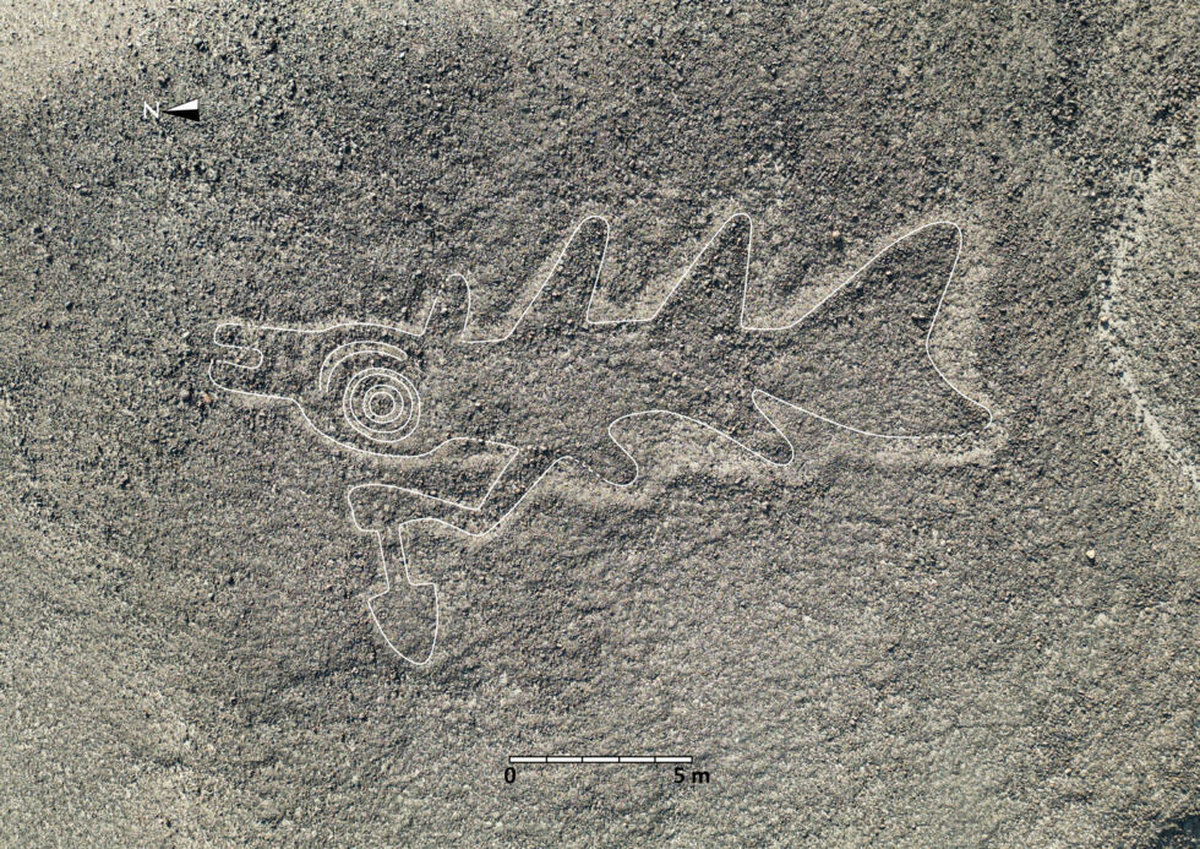LIMA: Peru’s government on Tuesday defended its decision to nearly halve the size of the protected area where the fabled Nazca lines were discovered, arguing that it would help put a stop to illegal mining in the area.
The series of massive etchings on the floor of the Nazca desert, which depict animals, plants, imaginary beings and geometric figures, have fascinated scientists ever since they were first discovered around a century ago.
Best viewed from the air, the 2,000-year-old Nazca lines situated some 220 miles (350 kilometers) south of Lima, are one of Peru’s top tourist attractions.
Archaeologists have reacted with outrage to the government’s decision to decrease the size of the reserve from 5,633 square kilometers (2,175 square miles) to to 3,235 square kilometers (1,250 square miles).
Defending the move in a meeting with the foreign press, Minister of Energy and Mines Jorge Montero said the area excluded from the reserve contained “no archaeological or other kind of heritage.”
The authorities argue that the rezoning will strike a blow to illegal miners operating in the area, who will have to apply for permits to operate in areas that now fall outside the reserve.
Illegal mining has been partly blamed for a wave of gang violence in Peru, one of Latin America’s biggest gold producers.
Archaeologists however poured scorn on the government’s explanations, saying the rezoning could hamper new discoveries in the area.
“It’s completely absurd,“ Pieter Van Dalen, head of the College of Architects of Peru, told AFP.
“How could he (the mining minister) know, without being an expert, whether there are (other) remains,“ Van Dalen said, adding the the redrawing of the reserve’s boundaries “not only affects the lines but a series of settlements throughout the area.”
In September, Japanese scientists used artificial intelligence to uncover 303 new etchings in the Nazca desert -- doubling the amount of the known geoglyphs created some 2,000 years ago by a pre-Inca civilization.









